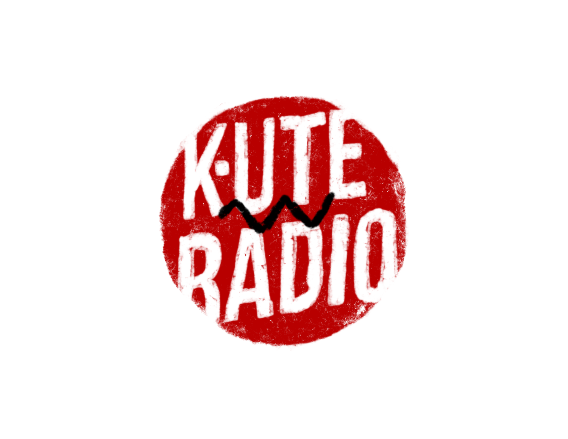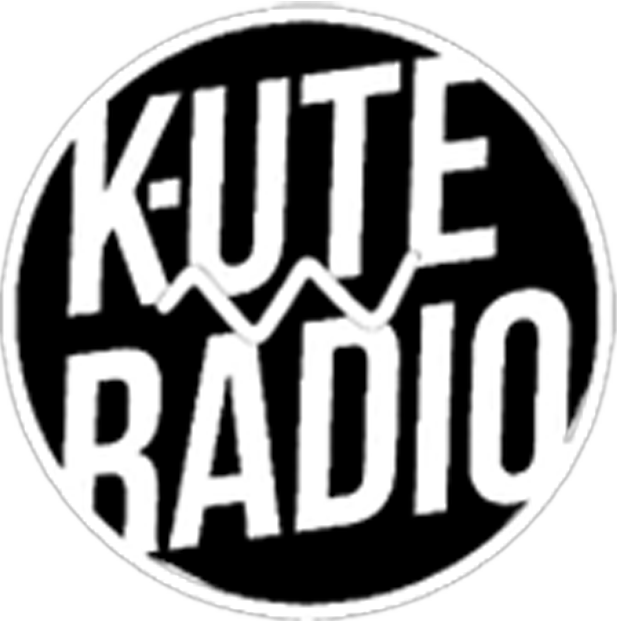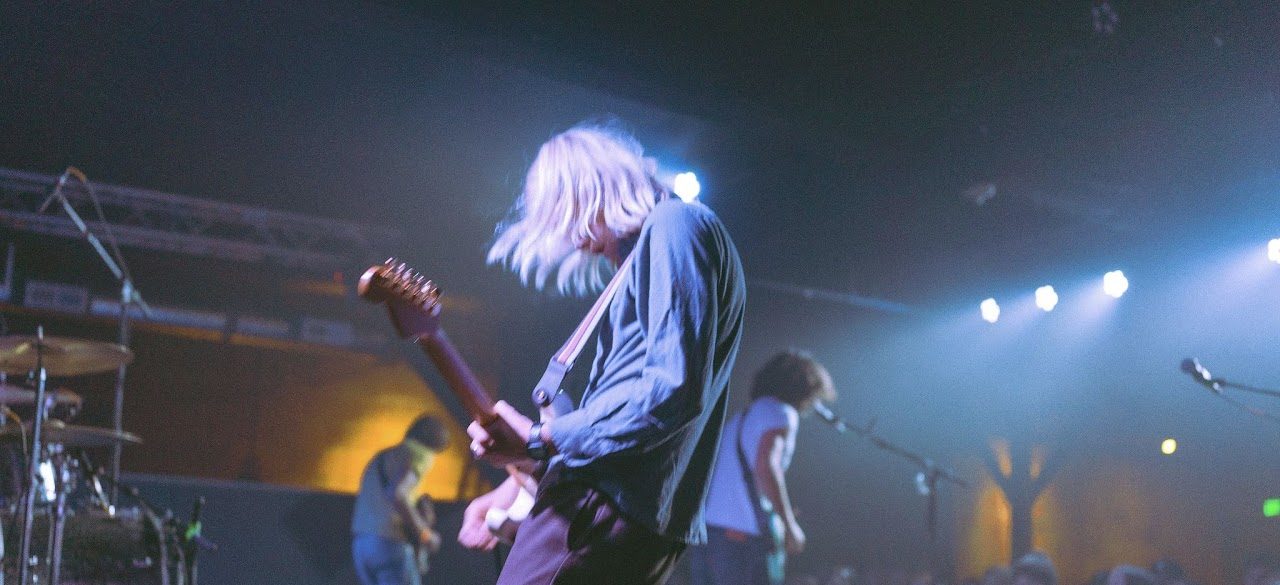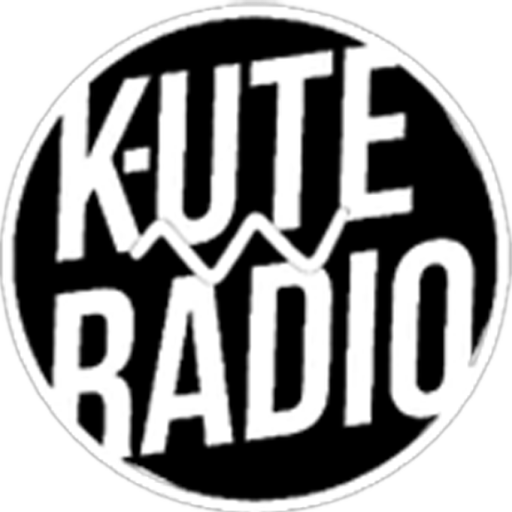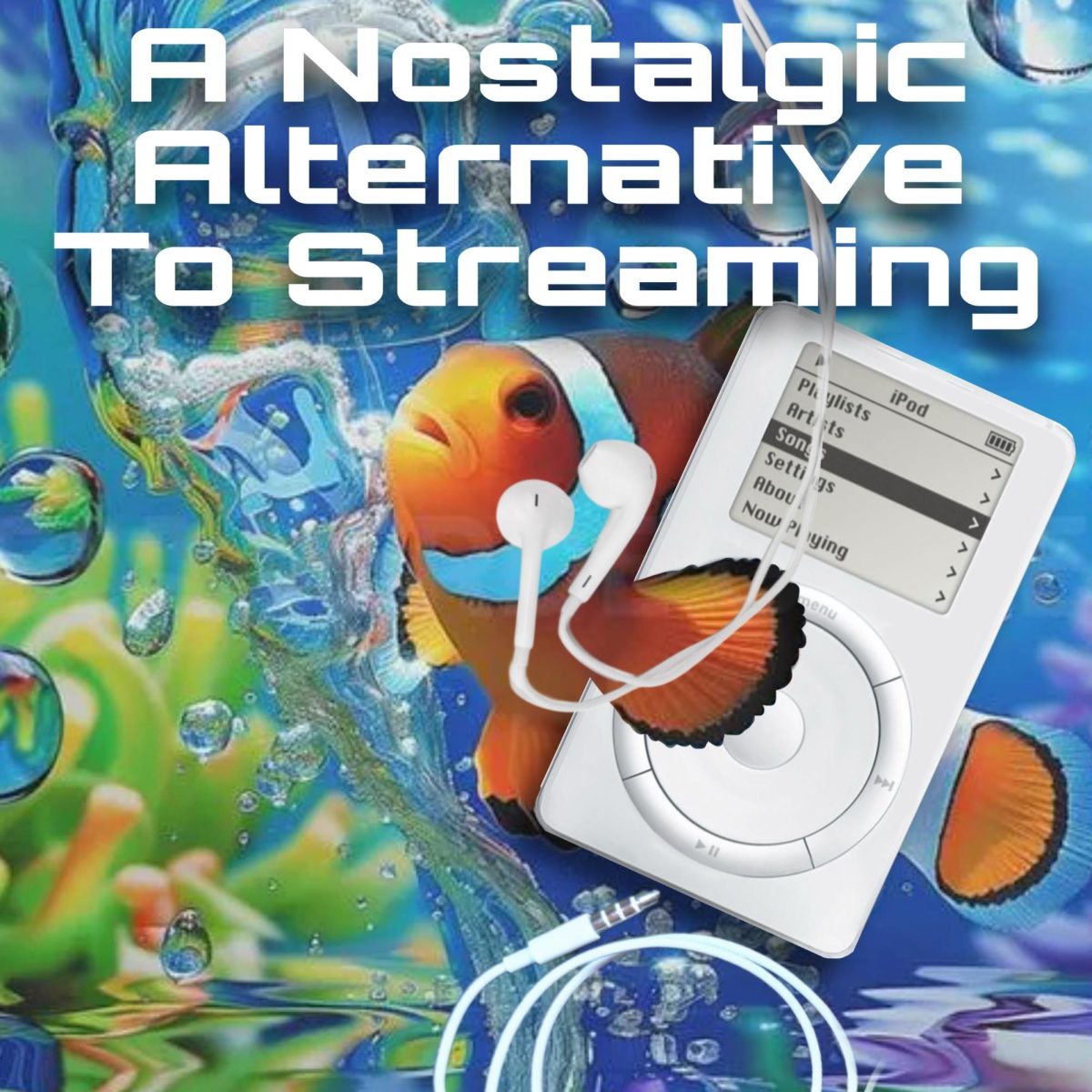Many of our first memories are colored in by the distortions and limitations of the mediums that captured these moments in time. The first few years of my life are pieced together through family photos with the characteristic grainy, red-eyed appearance of crappy point-and-shoot cameras common to that era. So much so, that it’s hard to believe that the world didn’t just look like that. The same can be said for music. The sound of tape hiss, the crackling of a vinyl or radio static can bring back memories of how music once felt, and how life felt.
Few things can match music’s ability to bring you back to a specific time or place. I’ve seen old folks light up from hearing the first dance at high school prom, and vividly describe the smell of the gymnasium. These pictures are painted by the limitations of how we were able to listen to music. Brian Eno said in his book, “A Year With Swollen Appendices“, “Whatever you now find weird, ugly, uncomfortable, and nasty about a new medium will surely become its signature. CD distortion, the jitteriness of digital video, the crap sound of 8-bit — all of these will be cherished as soon as they can be avoided.”
We are now decades into the resurgence of vinyl records, with cassettes and, recently, CDs enjoying the spotlight. The listening experience offered by these formats differs greatly from streaming services, both in the physical aspects of listening and in the unique character imparted onto the sound.
What will come of file-based digital audio of the aughts, and the culture surrounding it?
Digital music, now and then
Audio codecs have been ‘good enough’ (and I do not believe you if you tell me you can hear a difference) for ~30 years, rarely imparting much character onto a track, reproducing it quite faithfully. In addition, the means of listening doesn’t differ radically from streaming services, to make listening an experience in the way that cassettes or vinyls might.
I believe there are two interesting things to discuss, that have led to a resurgence in early MP3 and file-based digital audio and the culture accompanying it.
First, under the streaming model, you don’t own the music you love, and you are less connected to the artists you care about. Physical media used to have an aspect of a buy-in, where you would have to deliberate on what you wanted to hear, and an identity was more easily carved from a limited canvas. This has dramatically shifted how we interact with the music we listen to and how we perceive its value.
Strangely enough, one of the catalysts for this model of music was Radiohead’s 2007 studio album, “In Rainbows,” which was sold as a pay-what-you-want model. This challenged fans to show how much their music actually meant to them, and responded to the widespread piracy of the time. Nowadays, it’s rare to buy digital media directly from an artist, and the sheer variety of music available has greatly changed our evaluation of music. Correspondingly, the compensation of artists.
Music on all streaming services… or is it?
Recently, Godspeed You! Black Emperor removed their entire discography from Spotify, and just about every other streaming service. In addition, King Gizzard & the Lizard Wizard left in protest of Spotify’s former CEO Daniel Ek’s military investments. To fans, however, this again challenged them as to how much they value their music and how far they are willing to go.
In addition, rights disputes constantly take music out of the hands of fans. For example, My Bloody Valentine’s “Loveless” is currently off streaming platforms without a clear reason from the band. This has been a pervasive problem with all centrally managed content, even content you “paid” for.
So it’s a reasonable response to want to return to locally managed music libraries that you build up over the years, that no one can take away from you.
2000’s Nostalgia
Second, nostalgia for the 2000’s has never been higher, and it’s starting to come for iPods, mp3 players, and peer-to-peer music “sharing,” like Soulseek. For the past eight to nine months, the primary way I’ve listened to music has been through an iPod classic, which was a purchase undoubtedly made with the naive hope that it would bring back the feelings of how music used to feel. Through this nostalgia, I’ve found that there is a certain appeal for a device that is specifically there for listening to music. Calls and texts cannot interrupt what I’m listening to, and the limited library forces me to be deliberate and listen to the same music repeatedly.
As a result, the way I’ve interacted with the artists I love changed dramatically. I’ll buy digital media and I’ve felt much more invested in the artists themselves. Sharing it with a friend feels much more intimate than sharing a link.
Although, there are certain modern conveniences that are missed. Finding new music, and syncing it can be a hassle, and I miss being able to scroll song lyrics while I listen. Old iPods are often in rough shape, with batteries and hard drives dating back to the early 2000s. It took me a bit of tinkering and repairing just to get mine up and running.
Regarding file-sharing services, such as Soulseek, there is certainly a tint of nostalgia for the days of LimeWire that draws some, but for me, it still has that old internet charm and is a counter to the algorithmic slop the internet seems to have fallen into. Having friendly and unfriendly discussions with strangers, and sharing music (that are totally legal backups of physical media opened by both parties, of course) and art that you love. This is the character of music and media of this time, wrapped in rebellion and community, rather than the hiss of a tape, and for me, maybe a bit of nostalgia.
